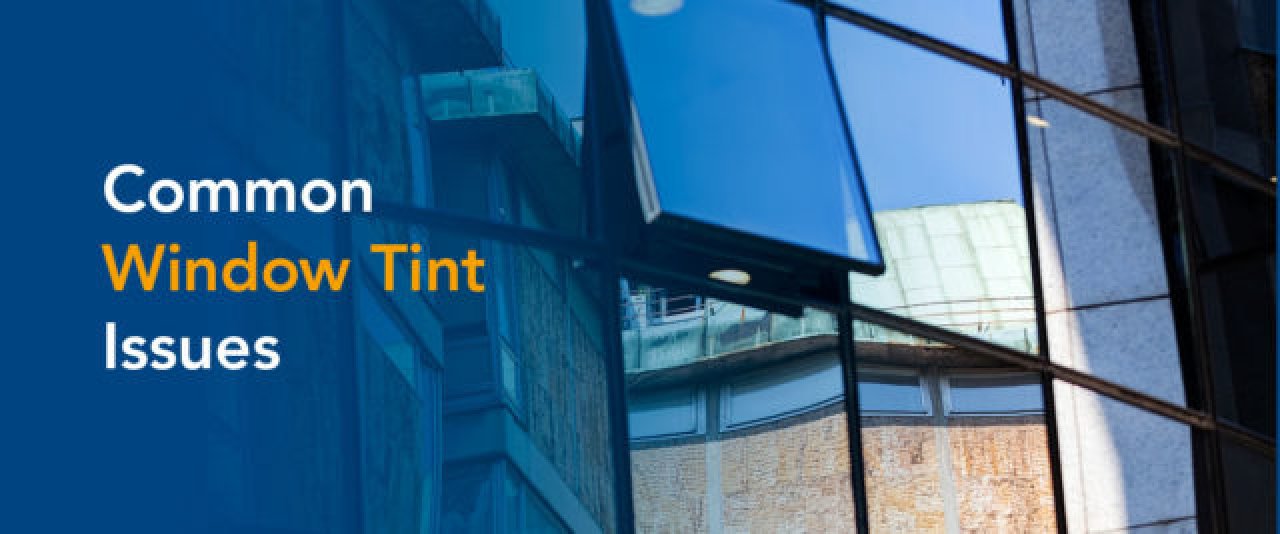The Terminology to Know When Considering Window Film
Jun 9, 2021

By: David Smith
Like most products that perform one or more technical functions, window film carries with it a set of terms that may go over the average consumer’s head at first glance. There are certainly some words we’ve all seen and used – such as light energy, heat energy, even ultraviolet and infrared. Beyond those, there are the more scientific terms, like reflectance, transmittance and absorption.
The solar spectrum includes infrared, visible light, and ultraviolet light, all of which are important to consider when evaluating the performance of window films.
And the language gets even more technical than that. Some familiarity with window film industry terms will help you make a more informed purchasing decision. You’ll better understand the different functions of various films, which allows you to make a smart choice. And you’ll level the playing field a bit when it comes to talking with the window film professional who estimates and installs your project.
Here is a bit of window film terminology to know:
Total Solar Energy Rejection
The total solar energy is the entire spectrum of the sun’s energy that reaches the Earth’s surface. It contains visible light, ultraviolet (UV) light—both UVA and UVB—and infrared light (IR). Window films block all of these types of energy to some degree and for different purposes. Heat rejection refers to the ability of window films to block out solar heat, which includes infrared, visible light, and ultraviolet light.
Window tinting blocks out some visible light, which reduces glare, eye strain, and interior fading, while also determining how much heat can be prevented from entering a space. Protecting against UVA and UVB rays helps prevent skin cancer, premature aging, and other skin conditions. Infrared rays are the primary source of heat in sunlight, so filtering them out improves thermal comfort and reduces air conditioning costs.
Total solar energy rejected (TSER) is the percentage of the total solar energy that a tinting system is designed to keep out. This metric is helpful for consumers because it accounts for more than just UV light. A solar architectural film might reject 68% of visible light, 78% of IR rays, and 99% of UV radiation. Because of sunlight’s makeup, these numbers translate to a TSER of 46%. Total Solar Energy Rejection (TSER) is a comprehensive measure that accounts for the combined energy rejection from all components of the solar spectrum, providing a more accurate assessment of a film’s effectiveness. While infrared rejection (IRR) indicates how much infrared light is blocked, it only accounts for a portion of the total heat from the sun, which also includes visible and ultraviolet light.
While TSER is an excellent general metric to compare films, recognize that this number is a combination of multiple factors, which may hold varying weights for your application. For example, if you’re looking to prevent glare or darken an interior space, visible light may be most important to you. To better understand a product’s performance, it’s helpful to look at some more specific metrics.

Visible Light Transmitted
Visible light transmitted (VLT) is a measurement of the amount of sunlight a piece of glass lets through. Understanding how much visible light can penetrate through window films is crucial for consumers who want to balance heat rejection with natural light in their spaces. This measure is expressed as a percentage of the total amount of visible solar energy exposed to the window. A very dark window film may transmit only 5-10% of visible light into a room. This significantly reduces heat and glare, making it ideal for both automotive and residential applications. In contrast, a light or nearly clear film may allow 90% or more. A similar metric, Visible light reflected (VLR), indicates how much light bounces back to the source. It refers to both light from the sun outside and the building’s interior lighting.
Reducing visible light transmission is a common goal for customers seeking automotive glass protection. A subtle car window tint can act like a pair of sunglasses, making it easier to focus on the road and avoid eye strain. For homes and commercial settings, a high level of visible light reflected can reduce glare and block out light without the use of blinds or curtains. It can make interior spaces more comfortable and improve visibility.
UV Rejection
UV rejection tells you how much of this harmful radiation the window film can turn away. Ultraviolet rays cause damage and fading to interior furnishings and carpet. It's also associated with an increased risk of skin cancer. According to the Skin Cancer Foundation, UVA rays can cause premature skin aging, while UVB light can cause sunburns. Both can damage skin cell DNA, contributing to the risk of skin cancer.
Window films, whether transparent, tinted, matte or reflective, are excellent at rejecting UV light. Most window tint systems reject 95%-99% of UV rays from sunlight.

Emissivity
Emissivity is essentially the insulating quality of a piece of glass or the window film covering it. Low-emissivity (low-E) films allow very little heat to pass through the material. They can reflect a great deal of the heat generated on a building's interior back inside, a desirable quality in colder climates. In warm temperatures, they can prevent outdoor heat from getting inside through the windows. Depending on the manufacturer, a low-E film might reflect 70%-80% of solar heat in the summer and 50% of interior heat in the winter.
Heat loss and gain through the windows is responsible for 25%-30% of heating and cooling energy use in residential buildings. Upgrading windows to improve their insulation can therefore have a considerable impact on energy costs. A General Services Administration study estimates an average 29% annual perimeter energy savings with a low-E window film compared to single-pane clear glass windows. These thin, protective layers offer varying degrees of insulation and can be an affordable alternative to replacing existing windows.
U-Factor
Another way to measure window film's insulation properties, U-factor indicates the heat energy level, independent of the sun's radiant energy, that passes through a glass and window film assembly. It's calculated with a multiple of the difference between indoor and outdoor air temperatures. And, like low-E, a lower U-factor number means better heat retention inside a building in cold weather. It's also good for keeping buildings and cars cool in hot weather.
Find a Madico®, Inc. Dealer to Install Window Film
Talking the window film talk will give you an advantage when selecting an adhesive window covering and getting the best value from your purchase. For the exceptionally scientific-minded, our full glossary of window film terminology provides an even deeper look into the functionality of these products.
Madico offers an exceptional selection of window films to meet your requirements for visible light transmitted, UV rejection and insulation alike. Find transparent films, tinted colors, matte or reflective finishes and decorative films to meet all your design needs. Besides eye comfort, energy savings and UV protection, our films also enhance impact resistance for windshields and windows. For both cars and buildings, they keep shattered glass in place for added security and safety. We also offer an unbeatable manufacturer's warranty for all North American customers.
If you're ready to install window film on your building, home or car, look for your local Madico dealer today.



